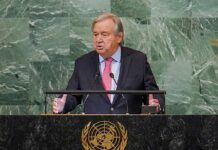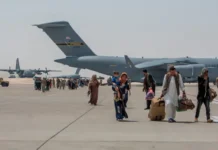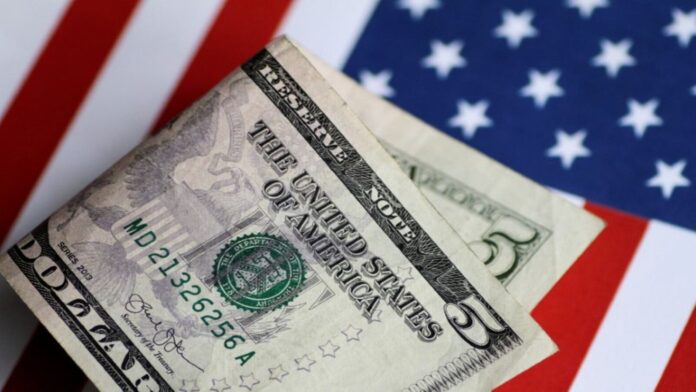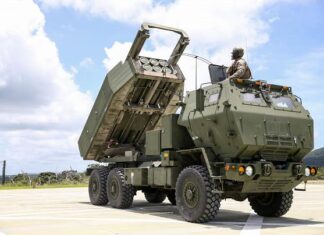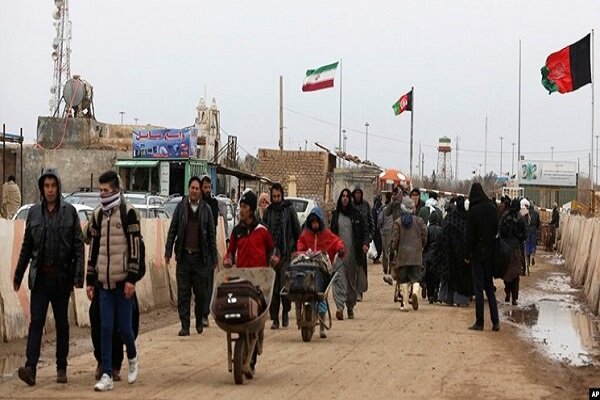Last June, Russian President Vladimir Putin announced the intention of the group to develop a new international reserve currency at the 14th BRICS summit, an international group of emerging economies consisting of Brazil, Russia, India, China and South Africa.
The purpose of such an intention was probably to take the position of the US dollar as the world’s leading currency, a currency that has maintained this superiority for about 80 years.
The Russian leaders do not hide their purpose of this proposal, as Sergei Lavrov, the Minister of Foreign Affairs of this country, recently said that the era of the superiority of the dollar is over.
“Relying on the dollar as a tool to support the global economy is not very promising,” he said during his recent visit to Ethiopia.
It is not a coincidence that more and more countries are being pushed to use alternative currencies and more and more are turning to using national currencies and this process is accelerating.
Sergey Lavrov Minister of Foreign Affairs of Russia
He added: “It is no coincidence that more countries are being pushed to use alternative currencies and more and more are turning to using national currencies, and this process is accelerating.”
But to understand what’s at stake, we need to look at how reserve currencies work. The question is why the unique position of the dollar has given the United States an “unusual advantage” in world affairs, as Valéry Giscard Destin, the former president of France, said.
Today, most financial transactions, international loans and global trade bills are in dollars, and by 2021, nearly 60% of global currency reserves were held in dollars.
“Unlike other countries, the United States can meet its international obligations by printing money,” says Luca Fantacci, an economic historian at the University of Milan in Italy.
He adds: “This means that they have no budget restrictions on spending, loans or even grants abroad.”
The hegemony of the US dollar dates back to the Bretton Woods Conference held in 1944, when 44 countries on the Allied front during World War II agreed to create a new international monetary system.
A group of countries committed there to set the value of their currencies based on the US dollar. On the other hand, the value of the dollar to gold was determined at the rate of 35 dollars to one ounce (280 grams) of gold.
Why do countries store foreign currencies?
According to Fantacci, countries have foreign exchange reserves for two main reasons: “The first reason is to fulfill foreign obligations.”
He explains: “Countries must fulfill their obligations with foreign banks and other economic agents, and foreign exchange reserves are a tool to fulfill these obligations.”
Another reason countries have foreign exchange reserves is to keep their money in case of need.
Fantacci told Euronews: “Whenever there is a risk of a currency devaluing, what the central bank of any country does is to buy that currency in international markets.”
He adds: “To do this, they need to have currency reserves that are widely used in international markets [such as the dollar, euro and other major currencies] to strengthen their currency.”
The war in Ukraine and the embargo of the Central Bank of Russia
But in February, after Russia’s invasion of Ukraine, America was able to use the dominance of the dollar as a powerful economic weapon and use it against Moscow.
This country along with its allies blocked the reserves of the Central Bank of Russia and practically cut off access to half of the war treasury worth approximately 630 billion dollars. Because the tool of this country to stabilize its national currency by buying rubles against dollars in the currency markets was removed.
However, some warn that this action may have a negative impact on the hegemony of the dollar in the future.
As Fantacci explains, if a country uses its dollars exactly when it needs to make foreign payments or back its currency, but those reserves are seized, not only Russia, but other countries that have been affected by similar regulations in the past will lose the incentive to do so. creates to diversify their reserves and transfer them to other currency areas.
Trying to reduce the dominance of the US dollar
According to Fantacchi, there have already been significant maneuvers by world powers, both allies and non-allies of the United States, to weaken the dollar.
The creation of the euro was partly intended as a means of protecting the EU economy against currency shocks and limiting dependence on foreign currencies.
Currently, the euro accounts for the second largest share of the world’s foreign exchange reserves with 20.6%. Moreover, at the beginning of March, the countries of the Eurasian Economic Union, which brings together Russia, Armenia, Kazakhstan, Kyrgyzstan and Belarus, agreed on the need to develop a new international value.
What these countries want to do is to get rid of the dollar while they have restrictions on using the dollar for their foreign payments.
Luca Fantacci Economic historian at the University of Milan, Italy
“What these countries want to do is to get rid of the dollar while they have restrictions on using the dollar for their foreign payments,” Fantacci said.
In 2009, the head of China’s central bank proposed reforming the international monetary system based on a commodity-backed currency. An idea originally proposed by the famous British economist John Maynard Keynes as part of British planning after the World War.
The idea was supported by other BRICS countries, a group of emerging economies including Brazil, Russia, India, China and South Africa, but rejected by Western countries.
Towards a new international monetary system?
However, despite these efforts, it may be too early to announce the end of the dollar’s reign.
America is still a country with the largest capital markets in the world, and even in times of crisis such as during the Covid-19 pandemic, investors tried to convert their money into dollars and consider it a safe condition for capital flow.
While China remains the world’s largest exporter and is approaching the United States in terms of economy size, it accounts for a relatively modest share of global foreign exchange reserves. This is largely due to the capital controls employed in China.
“Unlike the dollar or even the euro, the renminbi [China’s official currency] does not have free, unregulated capital markets to invest in and renminbi assets to enjoy liquidity,” says Fantacchi. This issue is necessary not only for central banks that invest in these assets, but also for financial markets.
However, the economist does not rule out the possibility of a reorganization of the international monetary system that could make the renminbi a much more powerful reserve asset.
What we will see is probably something that has never happened in history, and that is the fragmentation of the international monetary system with several competing currency areas and several strong currencies maintaining local and regional hegemony.
Luca Fantacci Economic historian at the University of Milan, Italy
“What we will see is probably something that has never happened in history, and that is the fragmentation of the international monetary system with multiple currency areas competing with each other and multiple strong currencies maintaining local and regional hegemony,” he says.
According to Fantacci, the future monetary system could include different ways of interpreting the performance of international money from different currencies.
He adds: “Simply put, the dollar can focus on providing a reserve asset for the financial system due to its liquidity, while the renminbi can play a role in providing a monetary instrument for payments in the real economy, for trade, for supply chains and commodity markets. be.”
In the end, he emphasizes: “I think in general this is definitely not an encouraging prospect for the United States and the West.”




